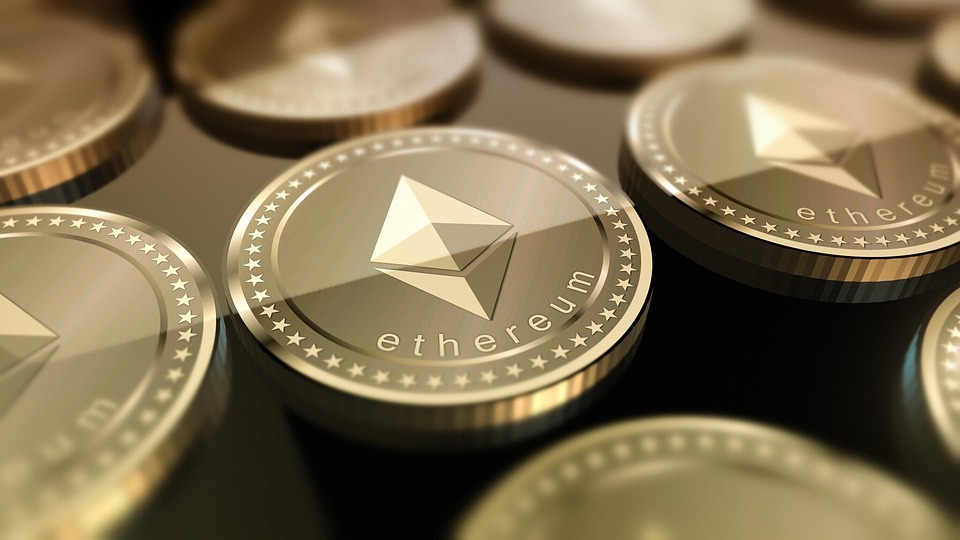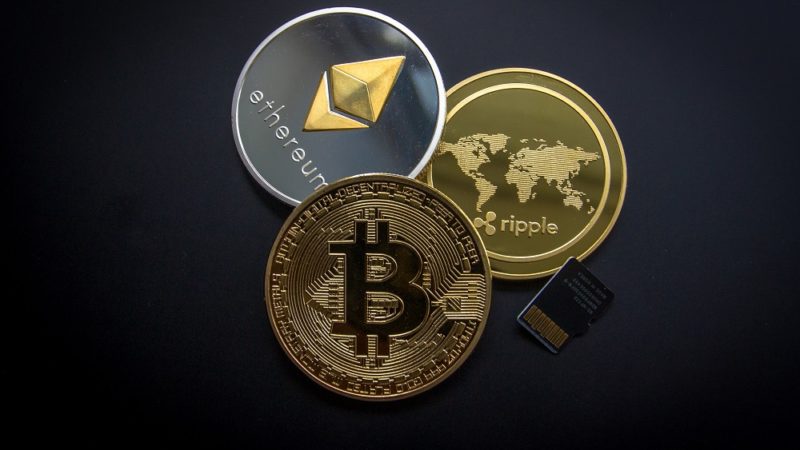How to Mine Ethereum?

To revise, mining is the process that holds the ‘decentralized app store’ of Ethereum altogether by making sure that it leads to consensus on each alteration to any of the applications (dapps) being performed on the network.
The network wouldn’t lead to consensus related to the ‘state’ of the notebook (consider, if a note is added/deleted) without the system power to accomplish the changes.
Miners keep systems loose to solve cryptographic problems in the trials to earn ether, and they require to keep attempting a lot of computational puzzles until an individual miner unlocks a whole new batch of the asset.
The fact about open blockchain is that, theoretically, anyone can set their systems to solve these cryptographic puzzles to earn rewards.
The only catch is – mining on significant public blockchains tends to need more power with time, as people prefer to invest in more powerful hardware systems.
In recent times, miners who mine with low-powered systems are not likely to win, but it’s still considered as a past-time for activists alike.
Selecting a suitable mining hardware
Before putting your feet in the mining sector, you will need an exclusive computer hardware to devote 24X7 to mining.
There are basically two types of mining hardware systems: GPUs and CPUs. GPUs offer an increased hash rate, which means they can solve puzzles more quickly.
Choosing a GPU is a difficult task, and you can get a lot of advice about the ones that are the most beneficial depending on hash rate performance, power absorption, and the initial expense associated with the card. You probably intend to set a mining rig, i.e., a machine that may be made of several GPUs and may take the time of approx. A week to be built.
Mining profitability calculators indicate the likely amount of ether you’ll win at a particular hash rate, and if that ether is enough or not, while set against the whole setup as well as electricity charges, to earn a specific amount of profit.
Mining-software installation
After choosing some of the mining hardware, the further step is installing the mining software. First of all, miners have to install a client to stay connected to the network.
Programmers who are comfortable with the command line can also install a geth that runs an Ethereum node being written in the script language ‘Go,’ or a defined number of clients.
Geth can be downloaded for any of the operating systems, like Windows, Mac OS, or Linux. After installing, your node will be able to ‘talk’ with other nodes, making it connected to the Ethereum network. Also, it provides an interface to deploy your smart contracts, and accomplish transactions through the command line, in order to mine ether.
Testing phenomenon
There’s also the possibility to mine ‘test’ ether on your private network system for experimenting with smart contracts or dapps.
Performing mining on a test network does not need any advanced hardware, but a simple computer having geth or any other client software installed. Minting fake ethers doesn’t prove to be much lucrative.
Installing Ethminer
If you intend to mine ‘real’ ether, you will have to install mining software.
After downloading a client, when your node becomes a part of the network, you should download Ethminer. After getting installed the Ethminer, your node will officially become a part of the Ethereum network security. For furthermore details, you may switch to the official website of Ethereum.
Be a part of a mining pool
Being a miner, you are not likely to mine ether on your own.
That is the reason why miners ‘pool’ together their systems’ computational power being in ‘mining pools,’ to increase the probability of solving the cryptographic problems and earn ether. Then, they divide the profits according to the power contributed by each miner.
Several factors are considered while joining a mining pool. Each pool may not be available all the time, and the computational capacity of each pool is keeps on changing regularly, so many factors should be kept in mind about which pool to join.
One major point to consider is that different mining pools propose different payout structures.
Mining pools come up with a specific signup process on the website for miners to get connected to the pool and start mining.
The tools that you will choose today may prove to be significantly beneficial or not in the near future. That’s why one should choose them wisely.






